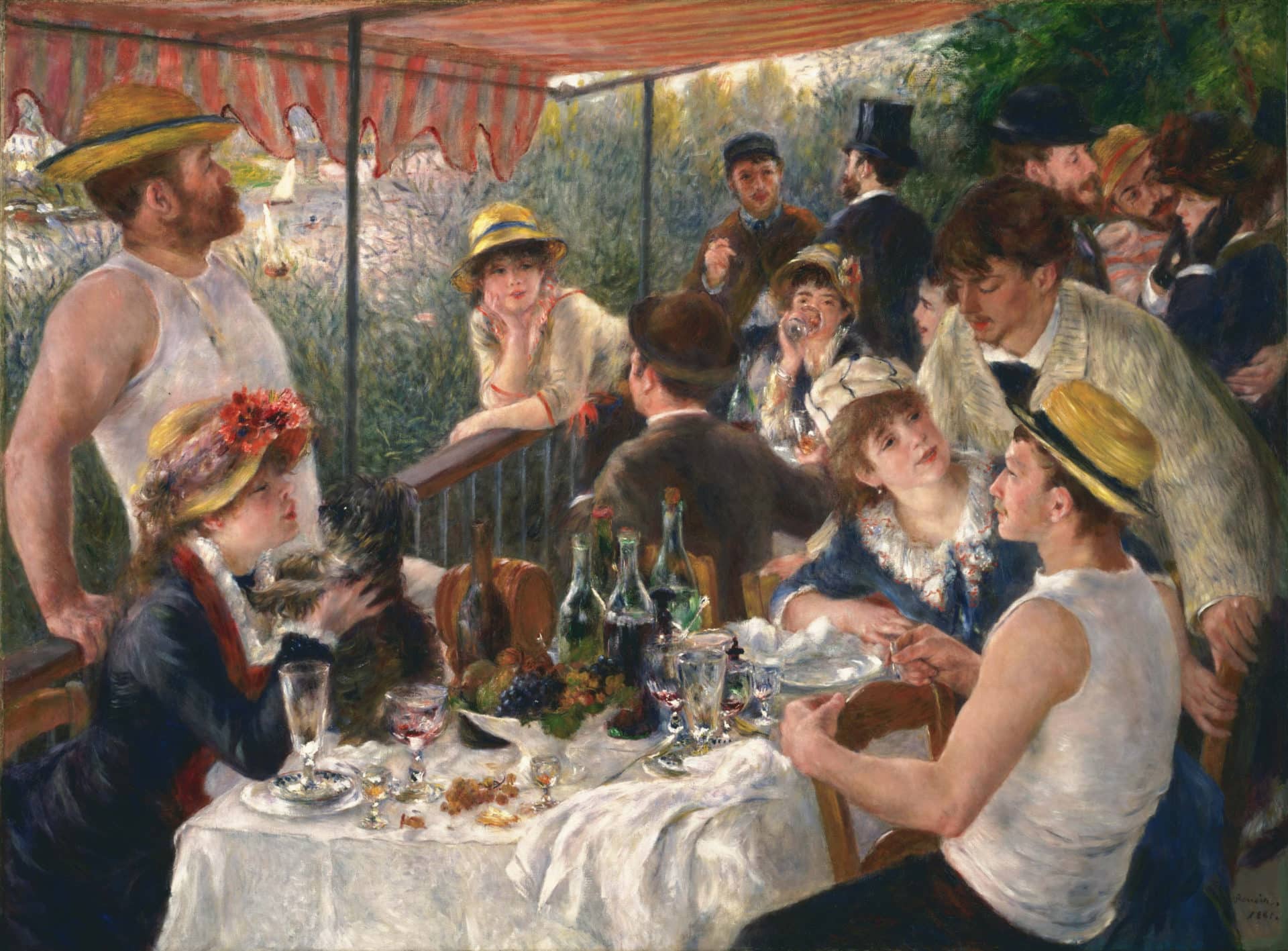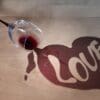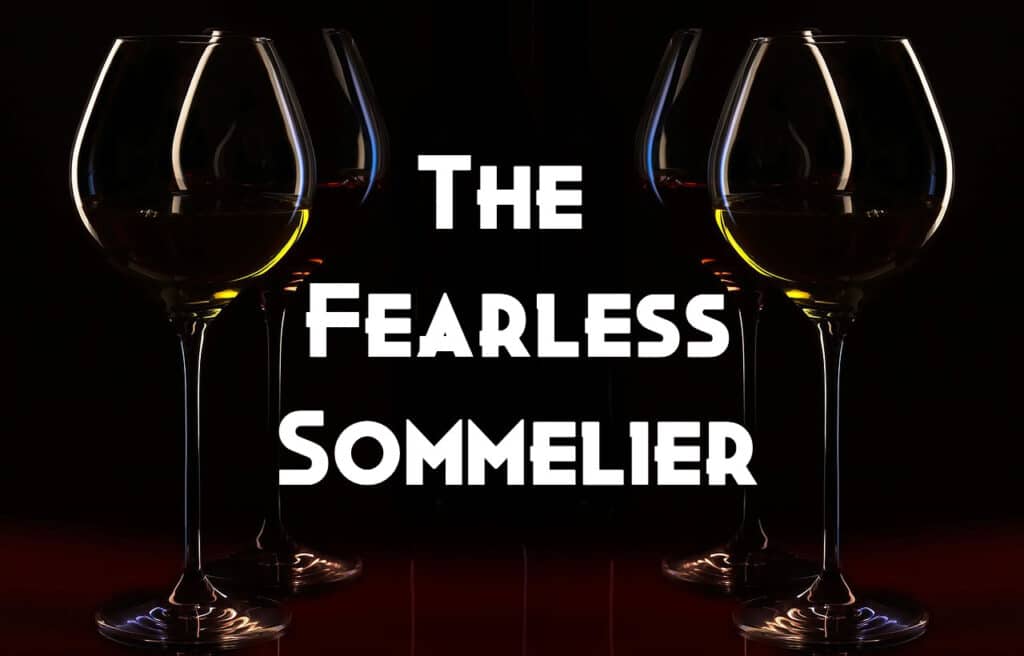
Genuine Confessions from the Fearless Sommelier: Mixing Wine And Water?
My first taste of wine had water in it. On Friday nights when we celebrated Shabbat, my parents would give my brother and me a few heavily diluted drops of whatever they were drinking so that we could say the blessing over the wine together. Unfortunately, both have passed, so I can only speculate that there are two explanations for this gesture. One: their shared desire for us to participate more fully in our Jewish heritage. And two: my father’s ardent appreciation for wine and its importance at the table.
I recall the flavor, slightly acerbic like unripe raspberries. It was probably a red Bordeaux, his favorite. Fine wine was even rarer than Judaism in our small Midwestern town in the 1980s. So, it was up to them to instill both traditions in their children. Neither of them could have possibly known that a third, and even more ancient tradition was at play.
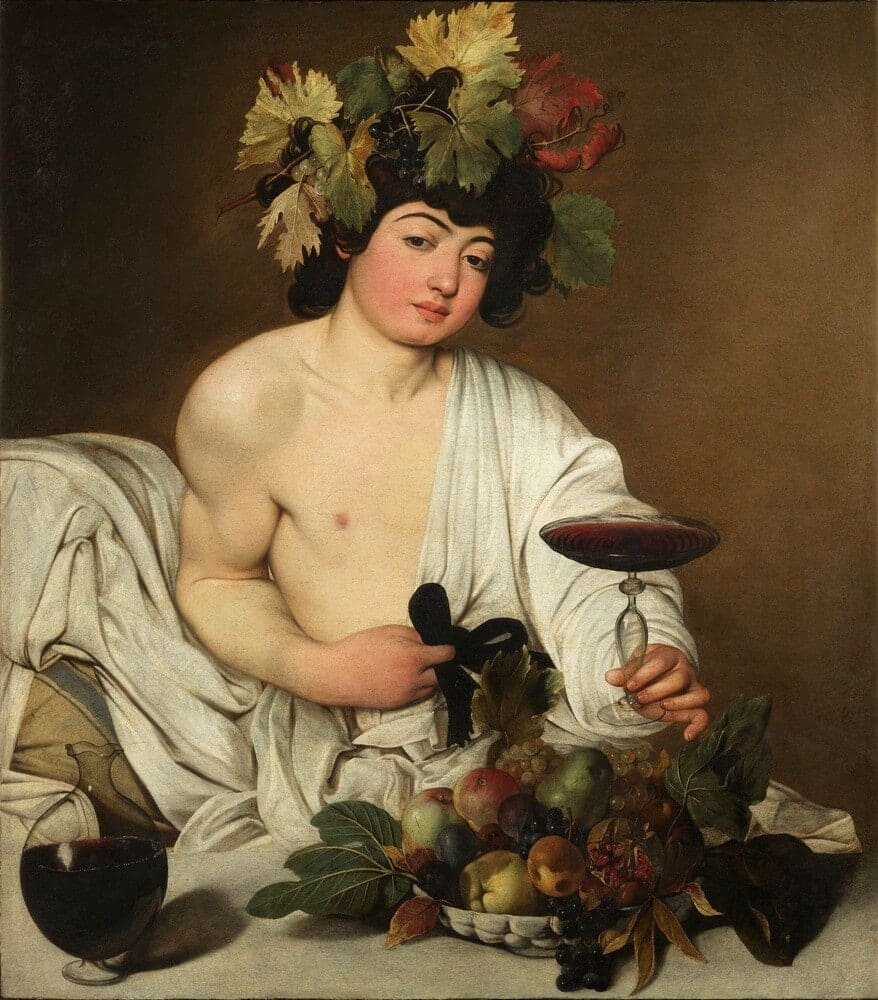
During my younger years it would have been unthinkable to water down wine or any other alcohol for that matter. Not to mention it was a waste of money in the face of the risks we took to procure it. This usually meant stealing from our homes or using a fake ID.
“Three bowls do I mix for temperate: one to health which they empty first,
the second to love, the third to sleep. When this bowl is drunk up, wise guests go home.
The fourth bowl is ours no longer, but belongs to violence,
the fifth to uproar,
the sixth to drunken revel,
the seventh to black eyes,
the eighth is the policeman’s,
the ninth belongs to biliousness,
and the tenth to madness and hurling the furniture.”
Eubulus, Comedic Poet, Greece, Fourth Century BC
It wasn’t the tequila itself that loosened our boundaries. I’m certain the warm buzz made it easier for the late bloomers among us to go after the impossible kiss. The point of it all was to get drunk and to act in ways we were taught not to. Alcohol is no excuse. It bears repeating, but outside the realm of polite society and Law and Order SVU, we can all agree (in whispered voices) that during our teenage years, controlled substances were a free pass for bad behavior. College drinking provided a ritual unlocking of the gates, veiled permission to indulge our forbidden urges. During the next-day confessional we could safely admit our trespasses in lowered voices and mock horror. Good girls don’t act that way. It must have been the box wine.
After graduation, I moved abroad to Rome, Italy. I was surprised to find that Italians drank wine at all hours of the day, and yet rarely to excess. Prosecco and a few peanuts mid-morning qualified as an aperitivo before lunch. Suited businessmen and women would often have a glass with their lunch before going back to the office. There were mid-afternoon caffé correttos— espressos laced with a few drops of Grappa or Sambuca. And of course, there was wine with dinner.
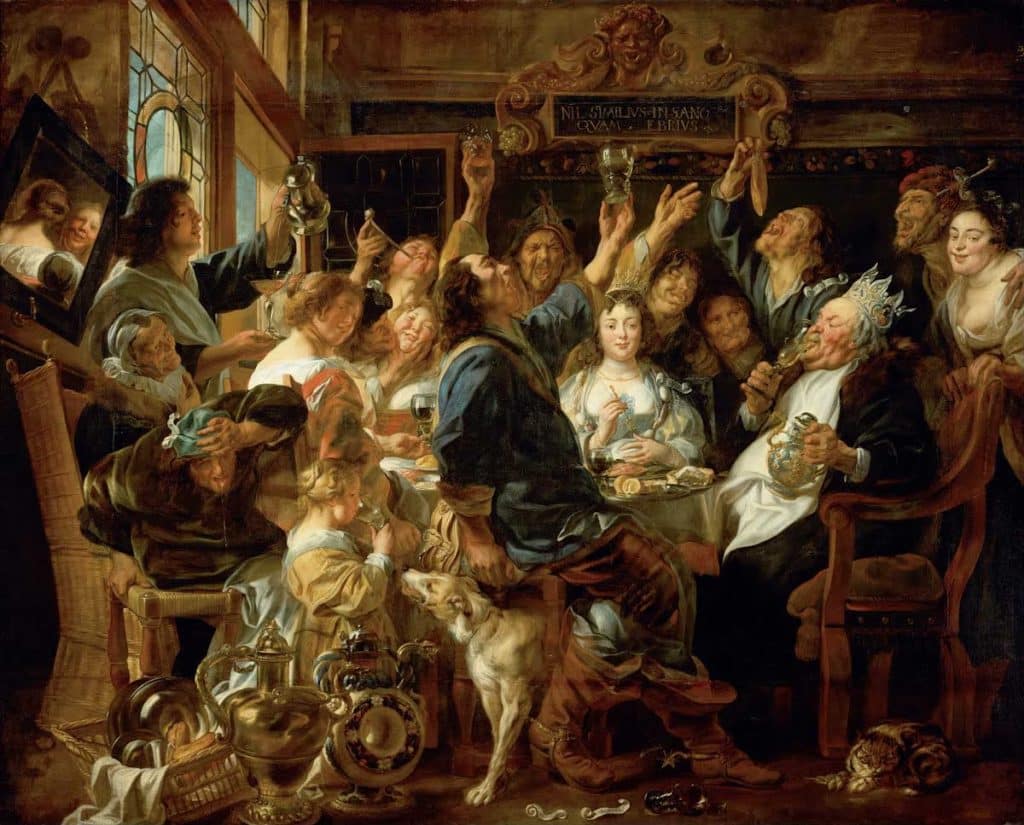
There was water, too. At friends’ homes and the inexpensive trattorias where I usually ate, there was always wine and water on the table. But often there was only one glass. I watched people pour water into red-stained glasses with the last drops of table wine still inside. It struck me as a bit strange. I had always been taught to set the table with two separate glasses. But I figured it was simply a way to do fewer dishes.
“After I refilled my little glass tumbler for the 5th time, I passed the carafe to my left. My friend filled her glass halfway and topped it off with water. ‘What are you doing?’ I asked. ‘Are you on a diet or something?’
Then one afternoon halfway into a 5-hour lunch at a restaurant outside the city, I witnessed the unfathomable. It was the kind of place where you pay a prezzo fisso, a fixed price, for all-you-can-eat. And drink. Essentially, the family-run establishment offers appetizers, first and second courses, and dessert. They bring carafes of wine, water, coffee, and digestive liqueurs, until the table is sated and requests the check.
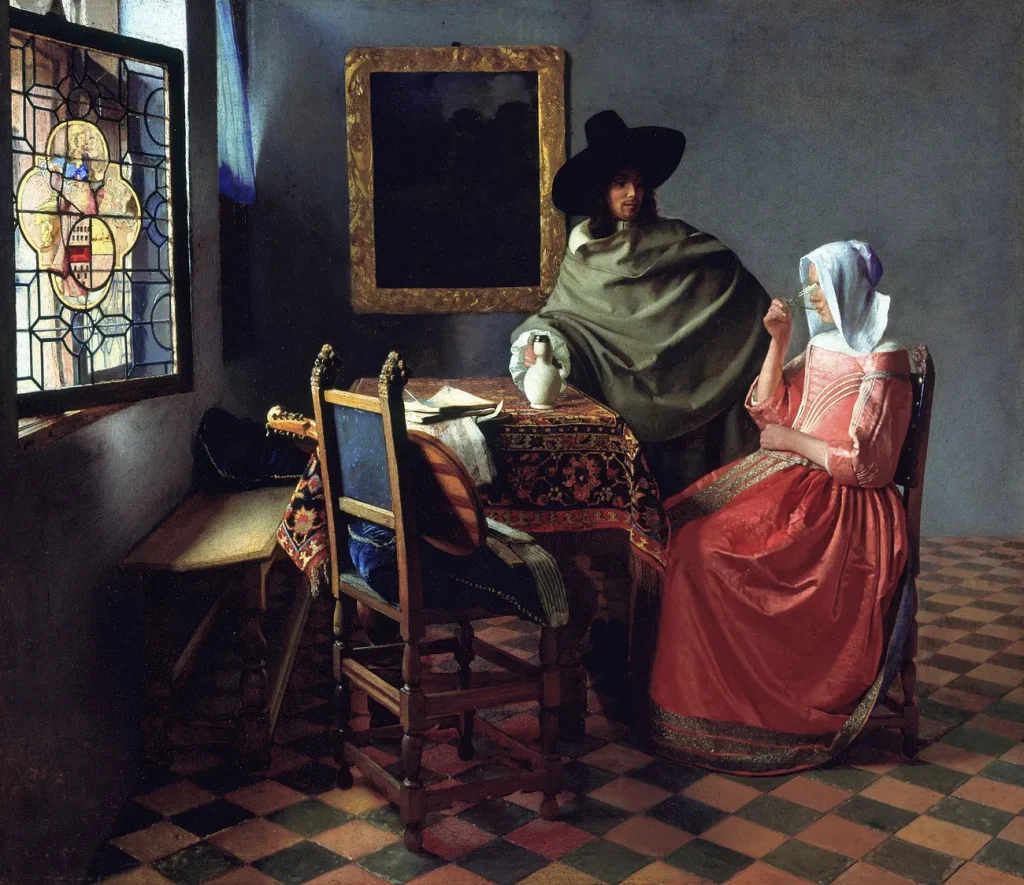
I had driven up with a group of Roman friends who already knew the routine. They had warned me to pace myself, which I did to some extent. But the wine was supple, fruity, and easy to drink. Most likely sourced from a local farm directly from the tank. Fresh and somewhat lower in alcohol, it lacked the sting of acidity and the hot swallow that I was used to. I gulped it down like water after big salty bites of spaghetti all’amatriciana and cinghiale, wild boar, stewed with juniper and rosemary until it fell apart into succulent strands. After I refilled my little glass tumbler for the 5th time, I passed the carafe to my left. My friend filled her glass halfway and topped it off with water.
“The Roman elites certainly drank, albeit to a measured excess. The ratios differed depending on the strength, quality, and flavor profile, but wine was almost always watered down. To drink it full-strength was seen as barbaric or uncivilized.
“What are you doing?” I asked. “Are you on a diet or something?” I’d seen a few friends drink wine and seltzer, spritzers. But this was long before the actual trend took hold in the United States. I would later learn that the spritz cocktail, most notably the Aperol spritz, was born in what is now Veneto, in modern-day Italy, while the region remained under Austro-Hungarian occupation. A popular legend claims that the Austrian soldiers were unaccustomed to the strong white wines produced on the neighboring Friulan hills and added a splash—spritzen in their language—to the wines in order stay alert while on patrol.
My friend replied, “This lunch is just getting started. You can’t drink wine for four hours straight or you’ll end up passed out under the table.” While her explanation made sense, it still seemed to me a semi-sacrilegious gesture. At least for a country synonymous with wine.
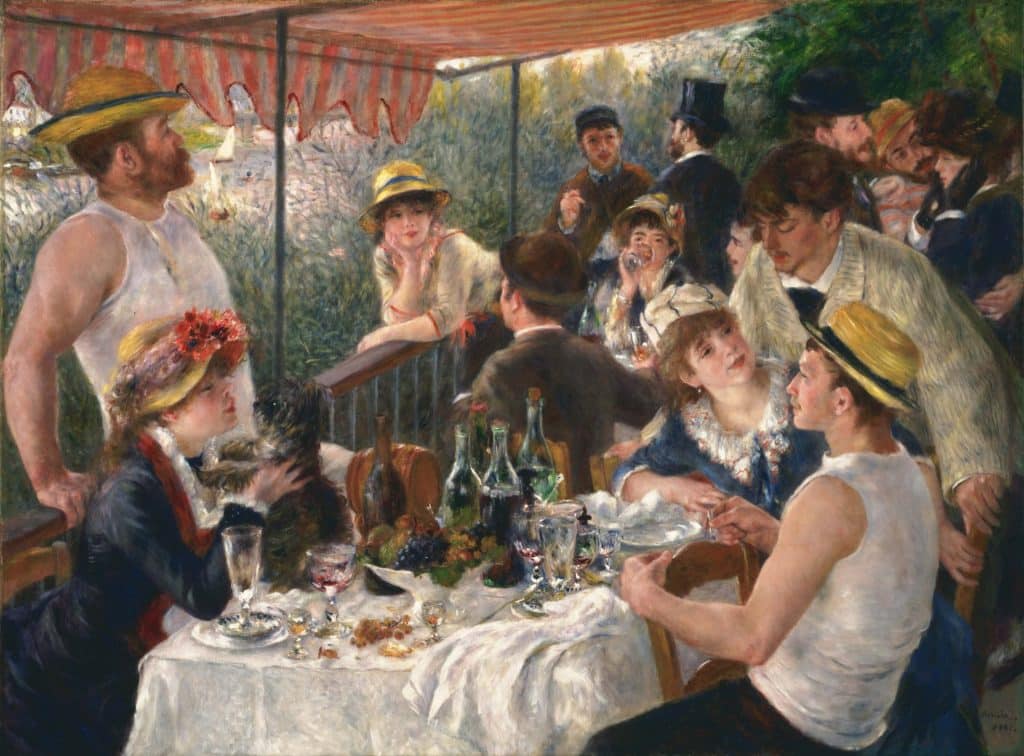
It wasn’t until I studied at the Italian Sommelier Association that I learned the practice of watering-down wine is as ancient as winemaking itself. History paints a picture of the Roman bacchanalia wherein wine flowed in abundance. Men and women tangled in the streets, out in the open and under the willing spell of spirits. But even that wine was likely diluted— a symbolic reason for the season, an excuse for their illicit impulses. Wine in Rome was not only diluted with water, but also flavored with honey and herbs. This made both the wine and the quite possibly stagnant water more palatable.
“This lunch is just getting started. You can’t drink wine for four hours straight or you’ll end up passed out under the table.” While her explanation made sense, it still seemed to me a semi-sacrilegious gesture, at least for a country synonymous with wine.
The Roman elites certainly drank, albeit to a measured excess. The ratios differed depending on the strength, quality, and flavor profile, but wine was almost always watered down. To drink it full-strength was seen as barbaric or uncivilized. Inspired by the Greek symposia, Roman banquets, known generally as convivium, and more specifically the comissatio, celebrated music and poetry along with food and wine of the highest quality. While the evenings might certainly devolve into debauchery, a magister bibendi was selected at the beginning of the feast to set the pace and strength of the wine in order to maintain some degree of composure and pace.
Centuries prior, the Greeks—who cultivated vitis vinifera and spread viticulture throughout much of Western Europe—famously served water and wine in a three-to-one ratio. Interestingly, the modern Greek word for wine, krasi (κρασί), derives from the ancient Greek word for blending, krásis (κρᾶσις). This practice may have originated as a way to flavor or even detoxify dirty water as it did in Rome. Adding cool water or melted snow also served to keep wines fresh in the heat. The Greeks also instilled the concept of diluting wine with water as a sign of status. Drinking full-strength wine and overt drunkenness were regarded as unsophisticated and barbaric practices to be avoided at all costs.
“Nowadays we tend to focus on the late stages of drunken orgiastic symposium playtime. But to delay inebriation was, in essence, to prolong the pleasures of the evening, whatever they may be.
Much has been written on the order and decorum of the symposia, Greece’s aristocratic banquets, detailed most memorably by Plato. The symposia referred specifically to the portion of the evening following the main meal. During this time, wine was rarely or moderately served for it was important to keep the guests’ heads clear. This way they could more fully enjoy the music, dance and games over cups of wine and conversation. At the appointed time, young slave boys would attend to the guests, filling their cups of wine and water as directed by an elected, symposiarch, a figure akin to Rome’s magister bibendi. Nowadays we tend to focus on the late stages of drunken orgiastic symposium playtime. But to delay inebriation was, in essence, to prolong the pleasures of the evening, whatever they may be.
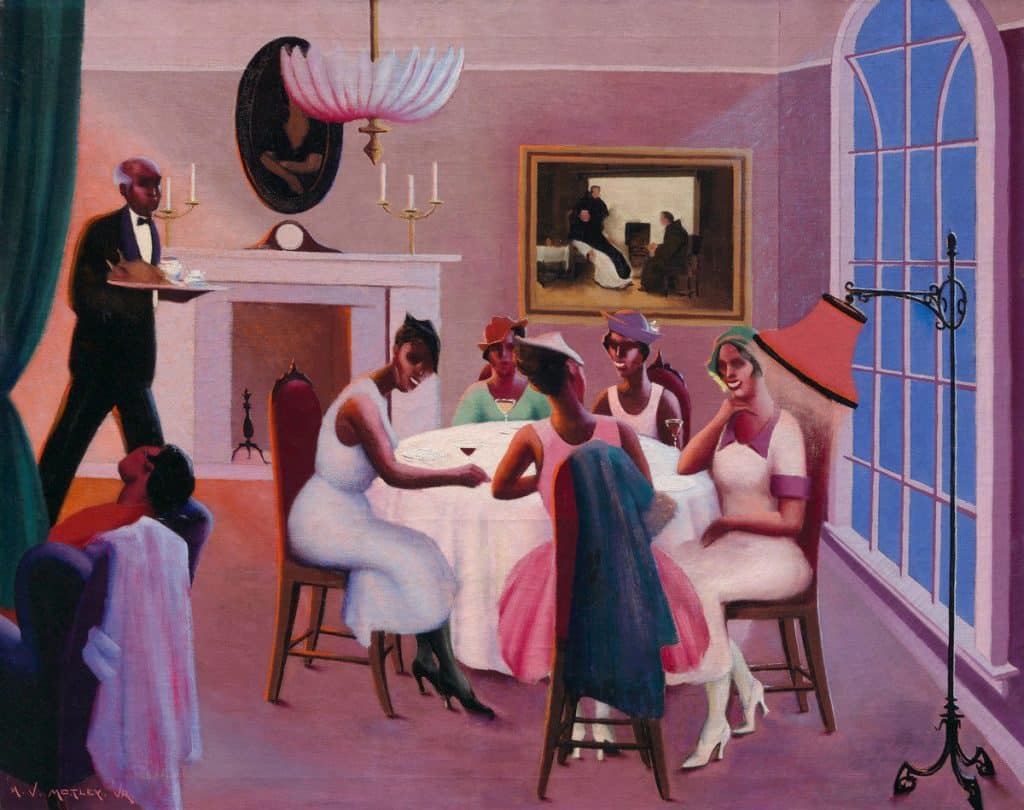
As a sommelier and wine professional, I count many winemakers among my friends. I’m familiar with the arduous process of winemaking that begins in the vineyard and requires a daily battle to farm in harmony with nature while preserving the integrity and aromas of the grapes. A carefully timed harvest, artful blending, and aging all contribute to the final product. It is an embodiment of place and time, a poetic encounter between man and nature. Consider it a liquid portrait of a winemaker’s vision. I would never dream of watering down wines like these.
“In a far cry from the extreme recreational drinking of my youth, a day of wine and water means hours well spent in good company, rich and layered conversation. I’ve been enjoying wine for twenty-some years now. I’ve come to realize that many of life’s pleasures, including wine itself, warrant some degree of moderation.
But then there are carafe wines, vino della casa , where the only options are white or red. These wines are produced in mass quantities and sold in bulk as a requisite accompaniment to casual dining. I feel no shame whatsoever in filling my cup halfway with water. If anything, I’m channeling the ancients and drinking wine the way it used to be.
There’s a lot of talk lately about getting back to the origins of winemaking. Among curious wine drinkers, especially those who proclaim “natural wine” to be the only real wine around. Amphorae aging and skin contact whites with their distinctive acrid and almost cidre quality are having a moment. My answer to them is this. Do you want to know what wine tasted like thousands of years ago? Water it down.
In a far cry from the extreme recreational drinking of my youth, a day of wine and water means hours well spent in good company, rich and layered conversation. I’ve been enjoying wine for twenty-some years now. I’ve come to realize that many of life’s pleasures, including wine itself, warrant some degree of moderation. This could be slowly and meditatively swirling a single glass of a rare and precious Amarone. This is a red wine made from dried grapes that smells of tobacco, smoke, dried fruit, and saddle leather. It also means liter upon liter of watered-down local wine. This is sipped over the course of hours by a seaside or a fireside. Slowly our limbs loosen. But, our minds remain nimble enough to profoundly appreciate every kind of pleasure. The flavors on the table, an impassioned intellectual exchange, and even a passionate physical one. All three, if you’re lucky.
Credits
Featured image by Pierre-Auguste Renoir, Luncheon of the Boating Party (1880-1881).
Courtesy of the Phillips Collection, DC.
Learn More
New to autoethnography? Visit What Is Autoethnography? How Can I Learn More? to learn about autoethnographic writing and expressive arts. Interested in contributing? Then, view our editorial board’s What Do Editors Look for When Reviewing Evocative Autoethnographic Work?. Accordingly, check out our Submissions page. View Our Team in order to learn about our editorial board. Please see our Work with Us page to learn about volunteering at The AutoEthnographer. Visit Scholarships to learn about our annual student scholarship competition.
Annie B. Shapero is a sommelier and the founder of DiVino Wine Consulting and Communication. She holds a B.A. in playwriting and modern language and comes from a background of travel, food, wine, and romance writing. Her work has been featured in The American Magazine, Amex Essentials, Fields and Stations, Every Day Fiction, Insight Publications, Dorling Kindersley, and Time Out. As a wine educator, Annie emphasizes the power of scent and storytelling, as well as the importance of wine tasting as a social ritual and a shared sensory experience. Her free YouTube series: 21 Days to Wine is an effort to make wine tasting more inclusive, accessible and emotionally impactful. She lives between New York City and Rome, Italy.






